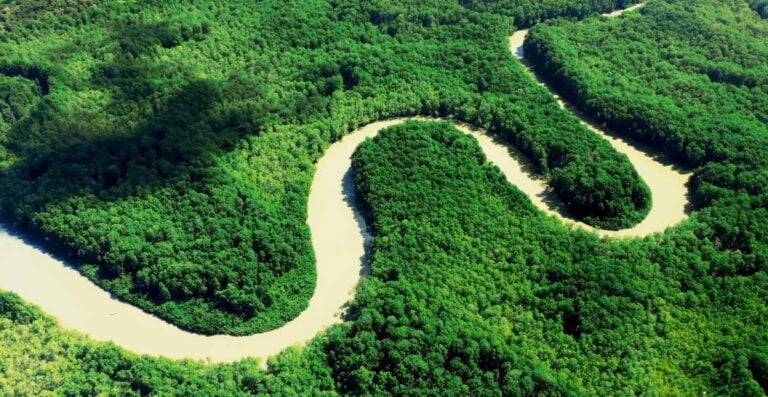Costa Rica biodiversity is one of the richest on the planet. Though Costa Rica covers just 0.03% of the Earth’s surface, it harbors an astounding 6% of the world’s species. This remarkable diversity is largely due to its unique geographic position between North and South America, acting as a biological bridge for species migration. Its varied ecosystems—from tropical rainforests to coral reefs—are teeming with life, making it a top destination for ecotourism and wildlife enthusiasts.
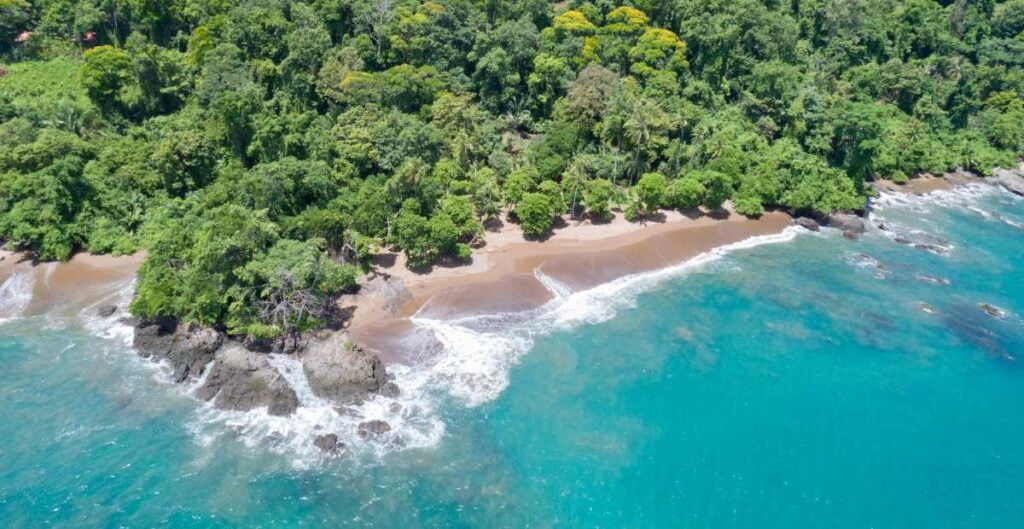
The Unique Ecosystems of Costa Rica
Costa Rica’s diverse landscapes are a result of its varied climate, topography, and geological history. Surrounded by both the Pacific Ocean and the Caribbean Sea, the country features several distinct ecosystems that host an extraordinary range of species.
Tropical Rainforests
The tropical rainforests in Costa Rica, primarily located along the Caribbean coast and the southern Pacific coast, are renowned for their lush vegetation and abundant rainfall. These rainforests house incredible biodiversity, including species such as howler monkeys, jaguars, and thousands of insects and amphibians. National parks like Tortuguero and Corcovado offer visitors the chance to explore these vibrant ecosystems through guided hikes and wildlife tours.
Cloud Forests
At higher altitudes, Costa Rica’s cloud forests provide a misty, cooler habitat for species like the resplendent quetzal, orchids, and various hummingbirds. The Monteverde Cloud Forest Reserve is one of the most famous destinations to witness these unique forests, where the flora grows on trees instead of soil.
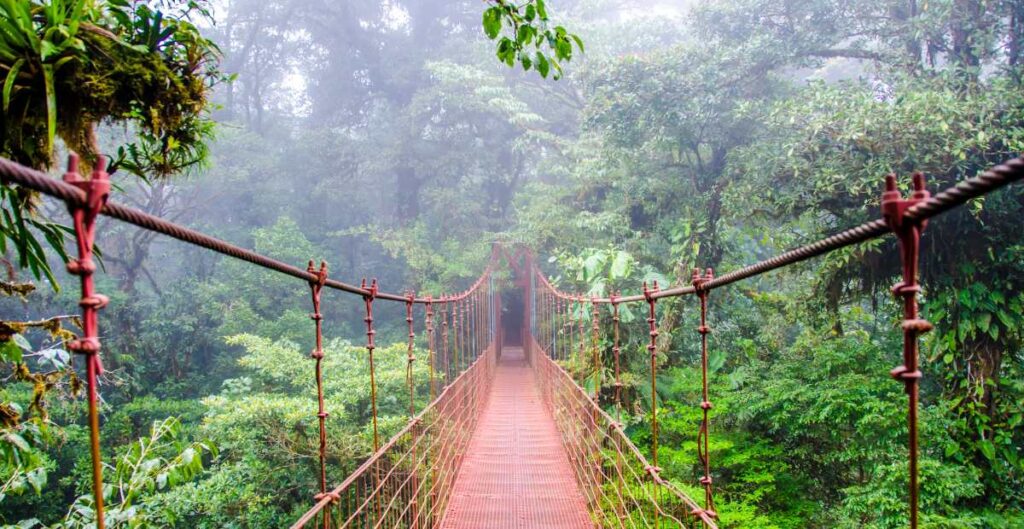
Dry Forests
Found in Guanacaste, the dry forests of Costa Rica receive significantly less rainfall, resulting in drought-tolerant vegetation. Visitors can explore the distinct flora and fauna, including black iguanas and the white-nosed coati, at Guanacaste National Park and Palo Verde National Park.
Mangrove Forests
Mangrove forests, located along the coasts, play a vital role in supporting marine ecosystems. These salt-tolerant trees offer a crucial habitat for species like the American crocodile and various fish and crustaceans. Popular destinations to explore these ecosystems include Sierpe-Térraba National Wetlands and Damas Island.
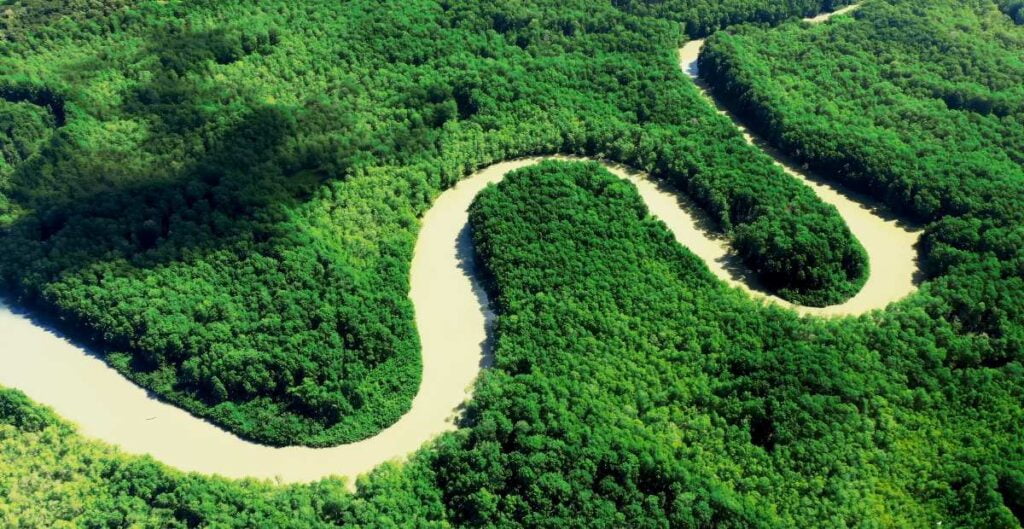
Iconic Wildlife Species
Costa Rica’s diverse ecosystems support some of the most emblematic wildlife species on the planet:
- Resplendent Quetzal: Known for its iridescent green plumage and long tail feathers, the quetzal inhabits cloud forests and is a must-see for birdwatchers.
- Three-toed Sloth: This slow-moving mammal, famous for its camouflage, can be found in rainforests across Costa Rica, including Manuel Antonio National Park.
- Scarlet Macaw: With its vibrant red, yellow, and blue feathers, the scarlet macaw is an iconic parrot species that has successfully rebounded from the brink of extinction thanks to conservation efforts.
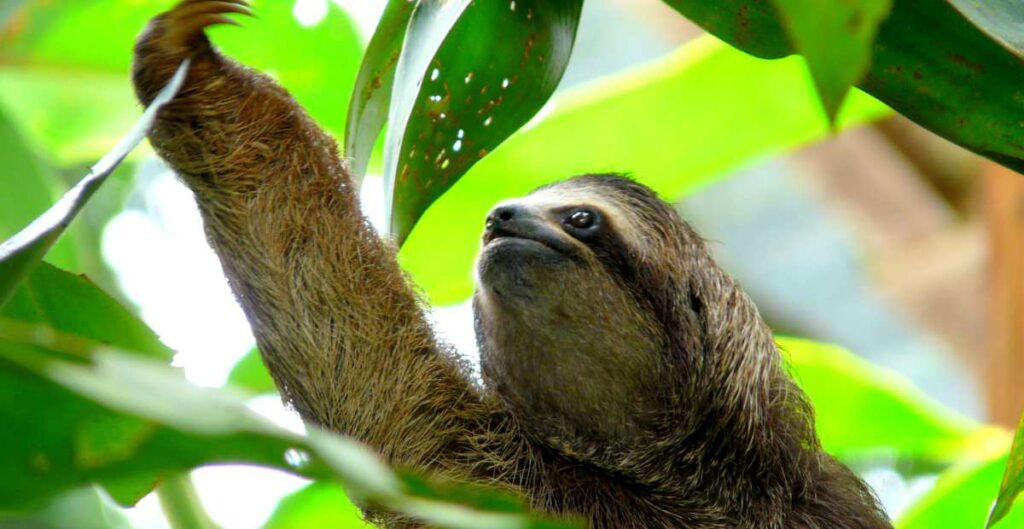
Nature Conservation Efforts and Protected Areas
Costa Rica is a global leader in conservation, dedicating 25.6% of its land to National Parks, reserves, and wildlife refuges. The country has made significant strides in reversing deforestation, increasing forest cover to around 60%. Programs such as Payments for Environmental Services (PES) have incentivized local communities to protect ecosystems.
The National Biodiversity Institute (INBio) has also played a pioneering role in biodiversity research, forging partnerships with global industries to explore the sustainable use of Costa Rica’s natural resources. INBio’s conservation work has earned international recognition, further solidifying Costa Rica’s commitment to protecting its natural heritage.
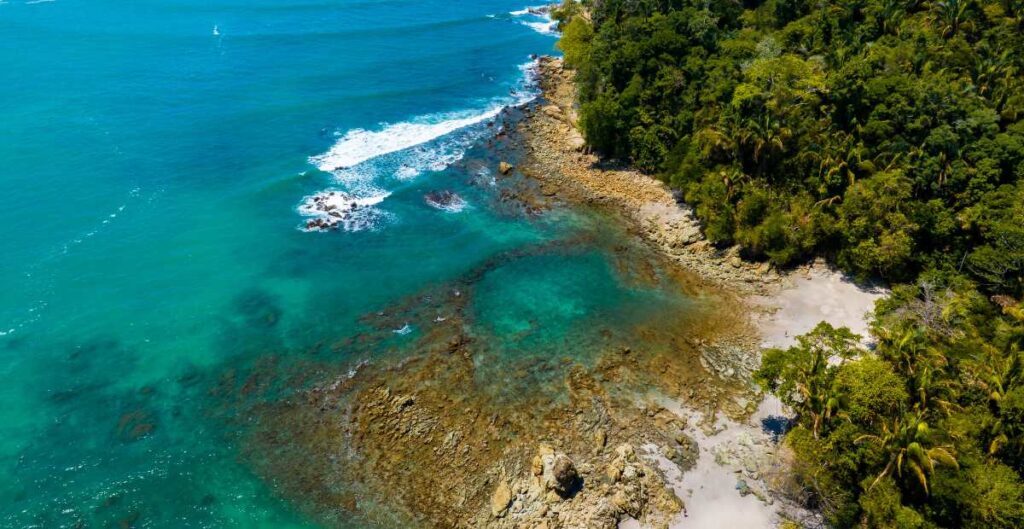
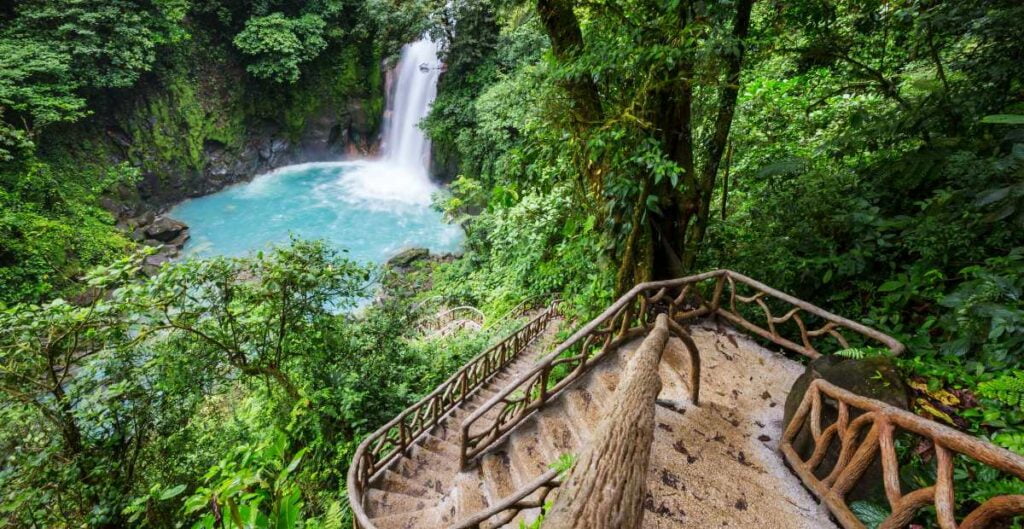
The Importance of Biodiversity
Costa Rica’s biodiversity is not just a national treasure, but a global asset. Ecosystem services provided by Costa Rica’s forests—such as carbon sequestration, water filtration, and soil formation—are essential in mitigating the impacts of climate change. In addition, the country’s ecotourism sector generates billions of dollars annually, contributing to sustainable economic development while promoting conservation.
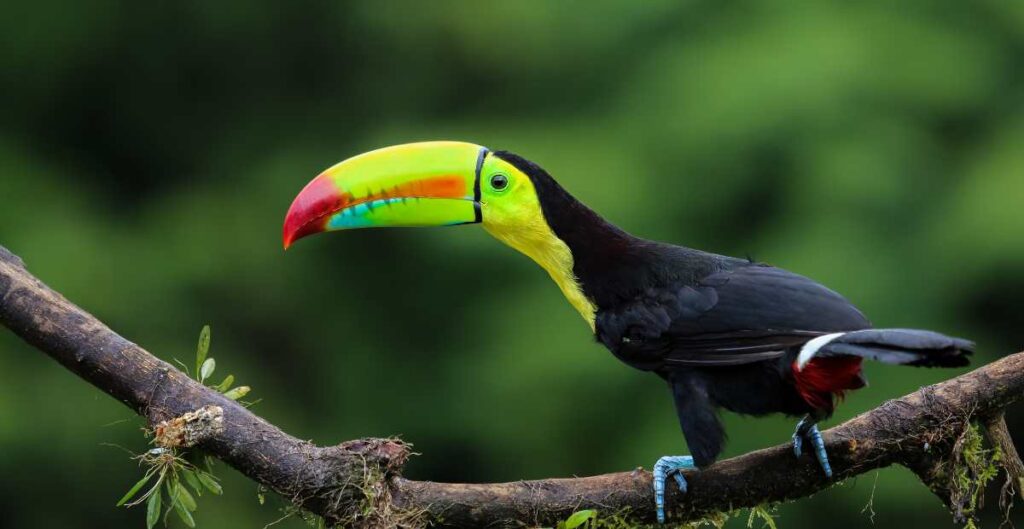
Conclusion: A Model for Global Conservation
Costa Rica’s incredible biodiversity, from its rainforests to its coral reefs, makes it a global hotspot for both ecotourism and conservation. Through dedicated policies, research initiatives, and public engagement, Costa Rica serves as a model for biodiversity conservation and sustainable development. Protecting the biodiversity is not only essential for the country but for the entire planet, showcasing how nature and human progress can coexist.
Ready to experience the wonders of Costa Rica’s biodiversity firsthand? Immerse yourself in luxury and nature at The Castle of Oz. From lush rainforests to stunning wildlife, your stay will be filled with unforgettable adventures. Book now ( Via Airbnb or Via VRBO) or directly with the owner and let us help you create the perfect Costa Rican getaway, where luxury meets the heart of nature. Don’t wait—reserve your stay today and start planning your dream escape! Remember COZ is also a Destination Wedding Venue, we can also help you plan your dream wedding.

